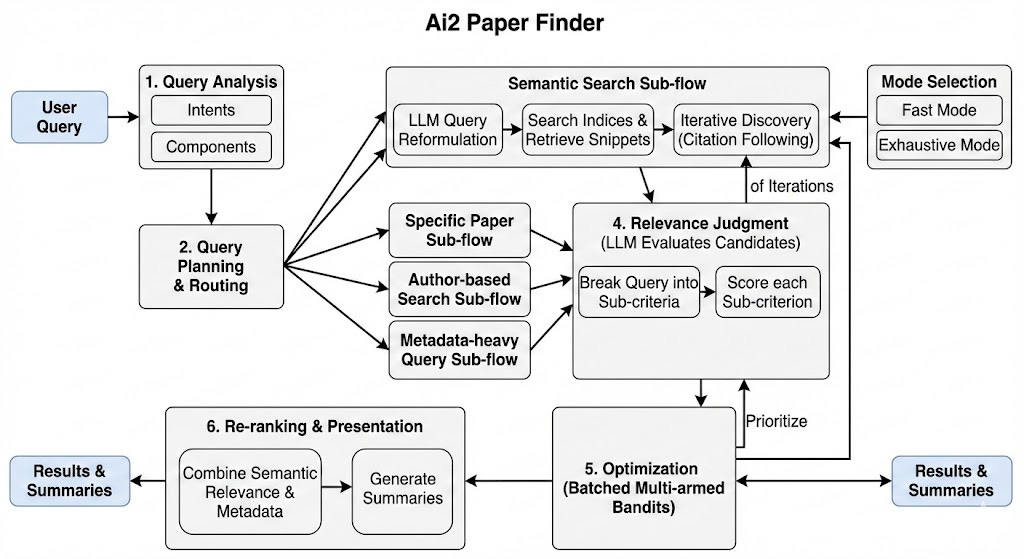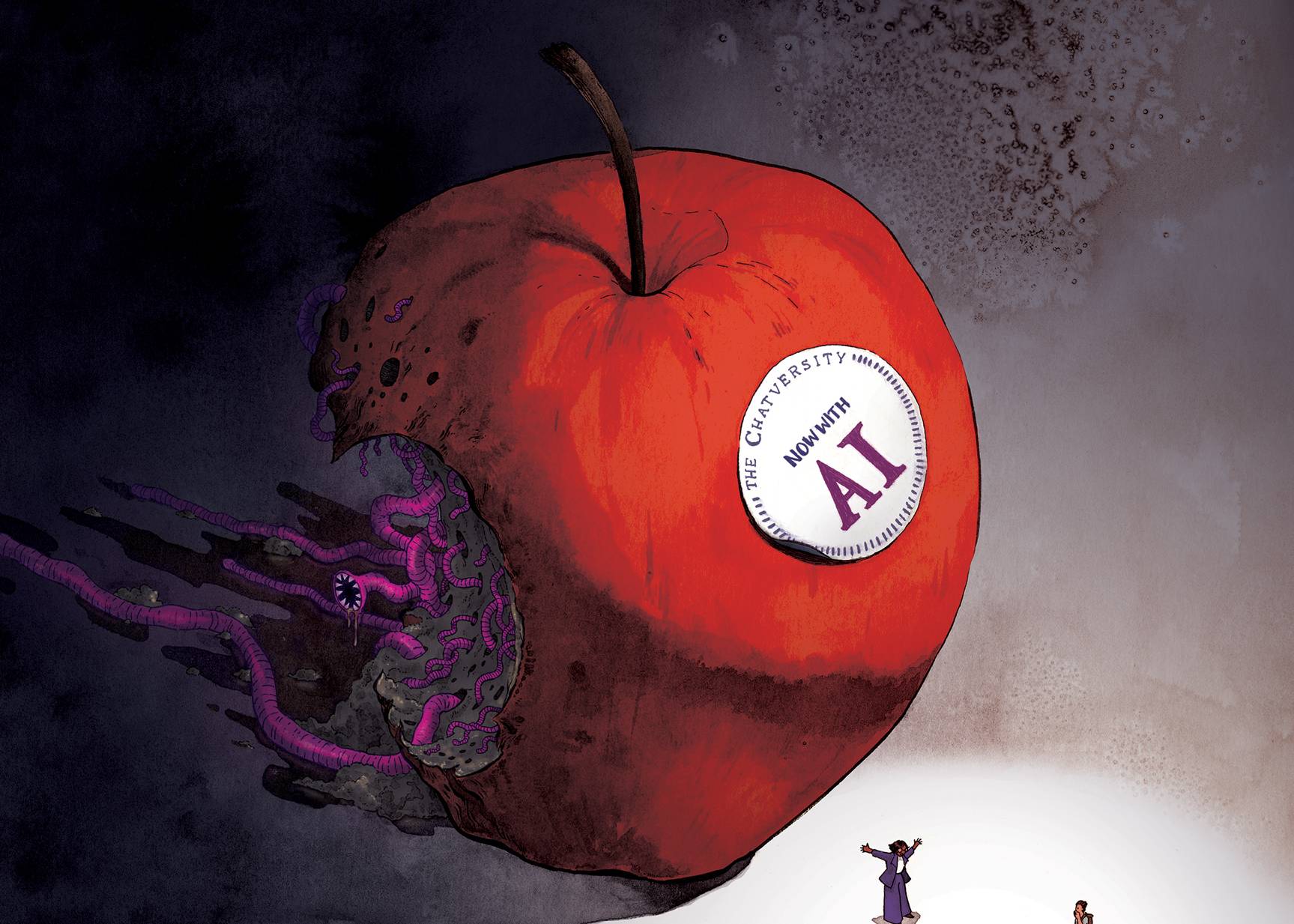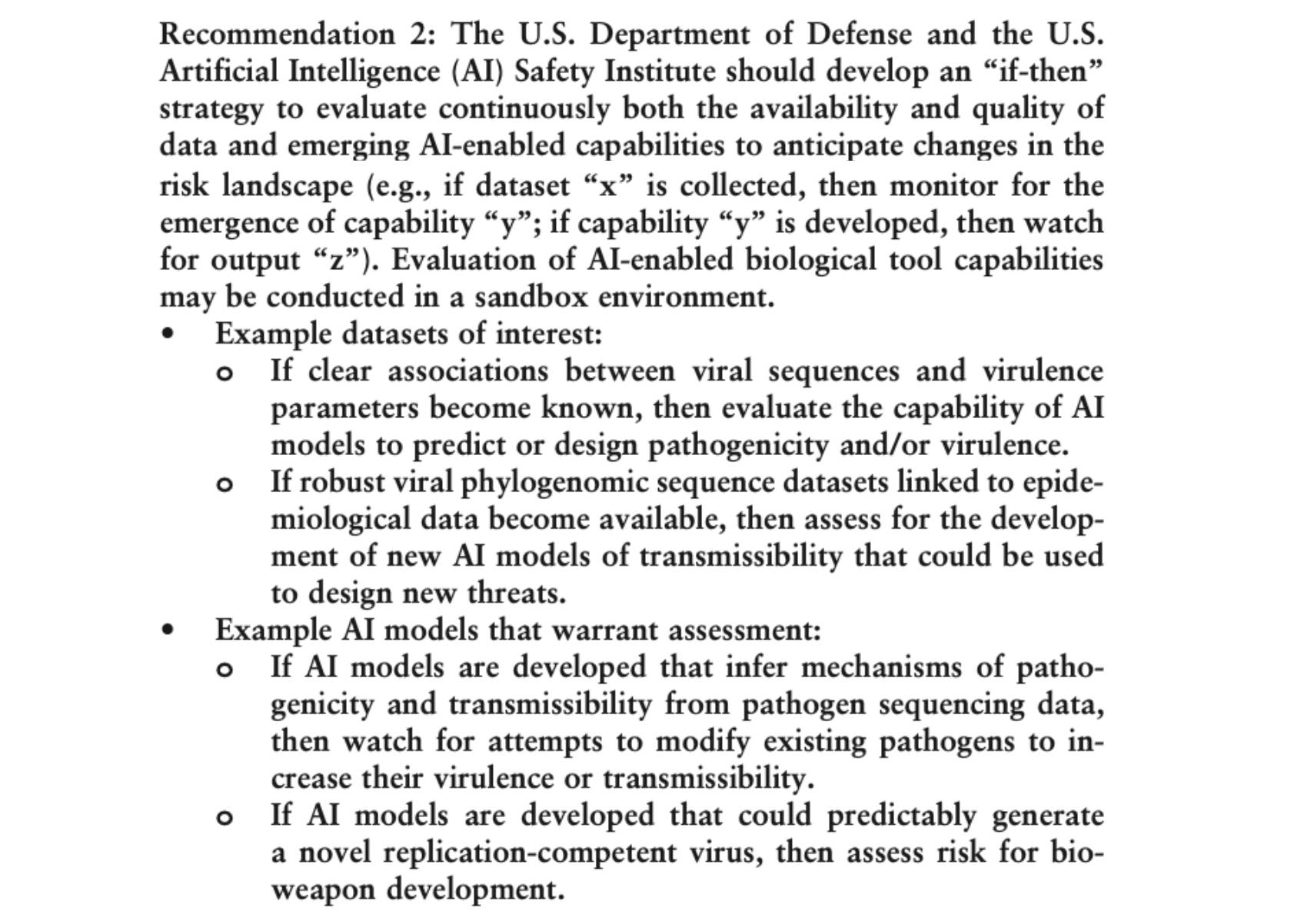
The Agentic Illusion: Most Academic Deep Research run fixed workflows and stumble when given unfamilar literature review tasks that do not fit them.

The Agentic Illusion: Most Academic Deep Research run fixed workflows and stumble when given unfamilar literature review tasks that do not fit them.

The science blog archive Rogue Scholar is becoming a German non-profit membership organization in 2026. This will help with the governance and sustainability of Rogue Scholar. But what can be the incentives to become a Rogue Scholar member, and under what conditions?

por Erica Cubilla En 1911, el Boletín del Departamento Nacional del Trabajo (DNT) de la República Argentina,publicó un informe titulado “Abaratamiento de los artículos de consumo”: El 15 de enero del corriente año, la municipalidad de la Capital inauguró la primera feria franca de concurrencia absolutamente libre para todos los productores de artículos de consumo.

Thoughts on Ronald Purser's December 2025 essay in Current Affairs, "AI is Destroying the University and Learning Itself"

Der Diamond Discovery Hub (DDH) wurde am 7. Oktober 2025 im Rahmen der CRAFT-OA25-Konferenz offiziell vorgestellt – ein wichtiger Meilenstein für die Diamond Open Access (OA)-Community. Nach seinem erfolgreichen Soft Launch im Juni ist der Hub nun voll funktionsfähig und bietet eine dynamische Plattform zur Erkundung, Überprüfung und Präsentation von Diamond-OA-Zeitschriften in ganz Europa.

Im letzten Jahr hat die Entscheidung des Preiskomitees, den Physik-Nobelpreis 2024 an John J. Hopfield und Geoffrey E. Hinton für ihre wegweisenden Entdeckungen und Entwicklungen, die maschinelles Lernen mit künstlichen neuronalen Netzen ermöglichen, zu verleihen, die Bandbreite der Physik und ihrer interdisziplinären Bedeutung für Fortschritt und Gesellschaft verdeutlicht: Physik ist mehr.
What started out in 2016 on Twitter became a (small) award winning decade long collaborative project. Unfortunately, the future is not clear. We are at odds if it will survice the growth of Wikidata and in particularly the SPARQL graph split. To be clear, the choice for Blazegraph initially worked great, but after it was bought by a big company, developed halted. Very unfortunate for Wikidata.
setupsource(here::here("_defaults.R")) library(tidyverse) library(brms) library(broom.mixed) library(ggdist) library(tidybayes) library(marginaleffects) library(tinytable) library(patchwork) library(faux) set.seed(2025-12-8) options(tinytable_html_mathjax = TRUE) I’ve been thinking about Causal Inference, and have run up against a kind of confusing issue when it comes to “Composite Variables”, or variables deterministically created from the
I was not expecting to find a bunch of activist librarians at the lovely spires of King's College Chapel last week, but I was very glad that I did! I gave a talk to the Confederation of Open Access Repositories group that was having a meeting about "Turning scholarly publishing on its head". Luckily, I had my budding Four Ps for Collective Intelligence fresh on my brain, so I discussed it with the assembled librarians.
Why is it that higher educated individuals are more likely to engage in blood donation, charitable giving and volunteer work? You might think it has something to do with what you get from going to school: the knowledge gained and skills trained in education.

A Measured Approach to AI+Biosecurity: The "If-Then" Framework from the 2025 NASEM report, The Age of AI in the Life Sciences: Benefits and Biosecurity Considerations.